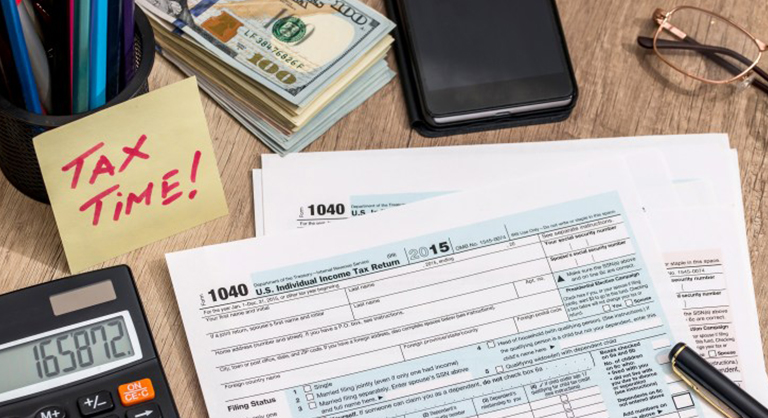Year-End Tax Planning Tips
If Congress is successful in lowering tax rates for at least some taxpayers in 2018, there are several year-end taxing-saving tips to consider prior to December 31st.
Accelerate Deductions
If the standard deduction is increased for 2018, this may be the last year for many taxpayers to benefit from itemizing their deductions. Therefore, taxpayers with a mortgage should consider making sure their January mortgage payment is credited to their loan prior to year-end to be able to deduct an extra month’s worth of mortgage interest.
Likewise, taxpayers who expect to owe state taxes for 2017 should consider prepaying their taxes due prior to year-end to capture the tax deduction in 2017. This is especially true if Congress, as has been proposed by the GOP, eliminates the deduction for state and local deductions. However, taxpayers subject to the alternative minimum tax (AMT) will not benefit by this strategy since state taxes are not allowed as a deduction for AMT purposes.
Since many taxpayers may no longer benefit from itemizing their deductions, taxpayers might also want to consider doubling any of their charitable contributions by year end.
Defer Income
If there is a reduction in tax rates in 2018, taxpayers eligible for a bonus may want to check with their employer to see whether the bonus can be paid after December 31st. However, if the employer has already made clear the intention to declare a bonus in 2017, the income will be taxable in 2017 regardless of when the taxpayer cashes the check.
Sell Losers
Even though the stock market seems to continue to break new records, taxpayers with unrealized losses in their portfolio may want to consider selling losers now to offset realized gains in their portfolio. In the case of mutual funds, sell losing funds to offset what may be substantial capital gain distributions from funds, especially actively managed funds, declared at the end of the year.
Required Minimum Distributions
Retired taxpayers reaching the age of 70 ½ are faced with taking their first distribution by April 1 (of the year following the year they reach age 70 ½). However, by delaying until April 1st, retired taxpayers would be faced with taking two distributions in one year. In some cases, it may make sense to take a distribution now rather than wait until April 1. Conversely, taxpayers who expect to take more than their required distributions may want to wait until 2018 to benefit from promised lower rates.
Flexible Spending Account
Taxpayers should consider increasing their contributions to flexible health spending accounts during their employer’s open enrollment period, especially if they anticipate higher medical or dental expenses in 2018.
Each taxpayer’s situation is unique and any year end strategy should be discussed with their personal tax advisor to determine what, if any, year-end strategy makes sense.
Categorized: Taxes



